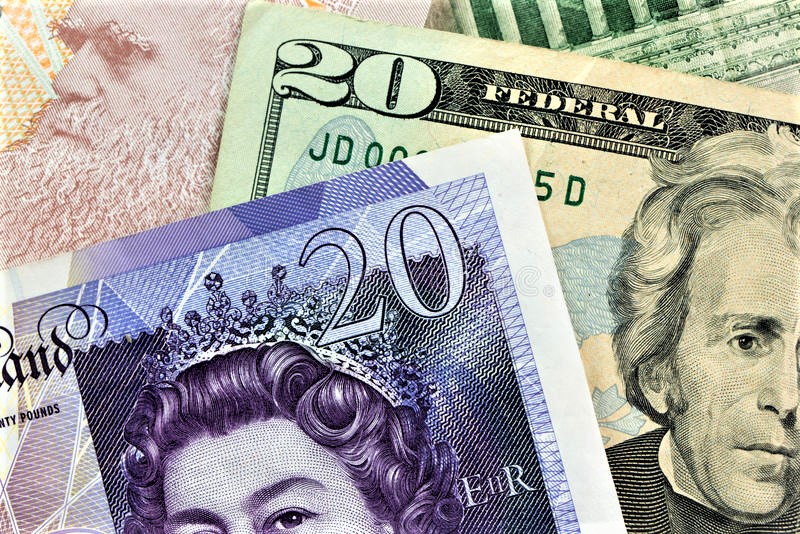Sep 27, 2022 6:00 AM +05:00
VOT Research Desk
EUR/USD Rate Arguments.
After showing a knee-jerk reaction to the Federal Reserve’s interest rate decision, the EUR/USD cleared the December 2002 low of 0.9859. However, fresh data prints from the Euro Area may halt the recent decline in the exchange rate as inflation is anticipated to reach a record high.
With the recent exchange rate decline pushing the Relative Strength Index (RSI) into oversold territory for the first time since July, EUR/USD may attempt to test the June 2002 low (0.9303) as it extends the series of lower highs and lows from last week.
Although the Euro Area Consumer Price Index (CPI) update is anticipated to show the core reading increasing to 4.7% in September from 4.3% per annum the month before, which would mark the highest reading since the data series began in 1997, the move below 30 in the RSI is likely to be accompanied by a further decline in EUR/USD, similar to the price action that occurred earlier this year.
As a consequence of this, the ECB may continue to frontload the process of normalizing monetary policy because “the risks to the inflation outlook are primarily on the upside.”
Additionally, it is uncertain whether President Christine Lagarde and her team will implement yet another 75 basis point rate increase at the Governing Council’s subsequent meeting on October 27 because the Governing Council insists that “future policy rate decisions will continue to be data-dependent and follow a meeting-by-meeting approach.”
However, evidence of sticky price growth may keep the exchange rate under pressure as it puts pressure on the Federal Open Market Committee (FOMC) to maintain its approach to combating inflation.
The update to the core US Personal Consumption Expenditure (PCE) Price Index, the Federal Reserve’s preferred gauge for inflation, is projected to increase to 4.7% per annum in August from 4.6% per annum the month before.
As the Summary of Economic Projections (SEP) indicate a steeper path for US interest rates, the Fed’s pursuit of a restrictive policy may, in turn, continue to drag on EUR/USD. Additionally, a further decline in the exchange rate may fuel the tilt in retail sentiment that was observed earlier this year.
Net-short traders are 19.27% higher than yesterday and 43.17% lower than last week, while net-long traders are 5.23 percent lower than yesterday and 12.44 percent higher than last week.The crowding behavior has been fueled by the rise in net-long interest, as 63.08 percent of traders were net-long EUR/USD earlier this month. On the other hand, the decline in net-short position comes as the exchange rate reaches a new annual low (0.9553).
However, the exchange rate may attempt to test the June 2002 low (0.9303) as it extends the series of lower highs and lows from last week. However, another uptick in the Euro Area CPI may generate a bullish reaction in EUR/USD as it fuels speculation for another 75bp ECB rate hike.
After failing to push back above the Fibonacci overlap around 0.9910 (78.6% retracement) to 0.9950 (50 percent expansion), EUR/USD moves above the December 2002 low of 0.9859. The move below 30 in the Relative Strength Index (RSI) is likely to be accompanied by a further decline in the exchange rate, similar to the price action that occurred earlier this year.
The potential for a test of the June 2002 low (0.9303) is increased by a break or close below the overlap around 0.9430 (61.8% expansion) to 0.9530 (61.8% expansion), with the May 2002 low (0.8995) being the next area of interest.
However, EUR/USD may move back toward the 0.9910 (78.6% retracement) to 0.9950 (50 percent expansion) region if there is insufficient momentum to break/close below the overlap around 0.9430 (61.8% expansion) to 0.9530 (61.8% expansion) and a move above 30 in the RSI. The next area of interest will be around 1.0070 (161.8%).









